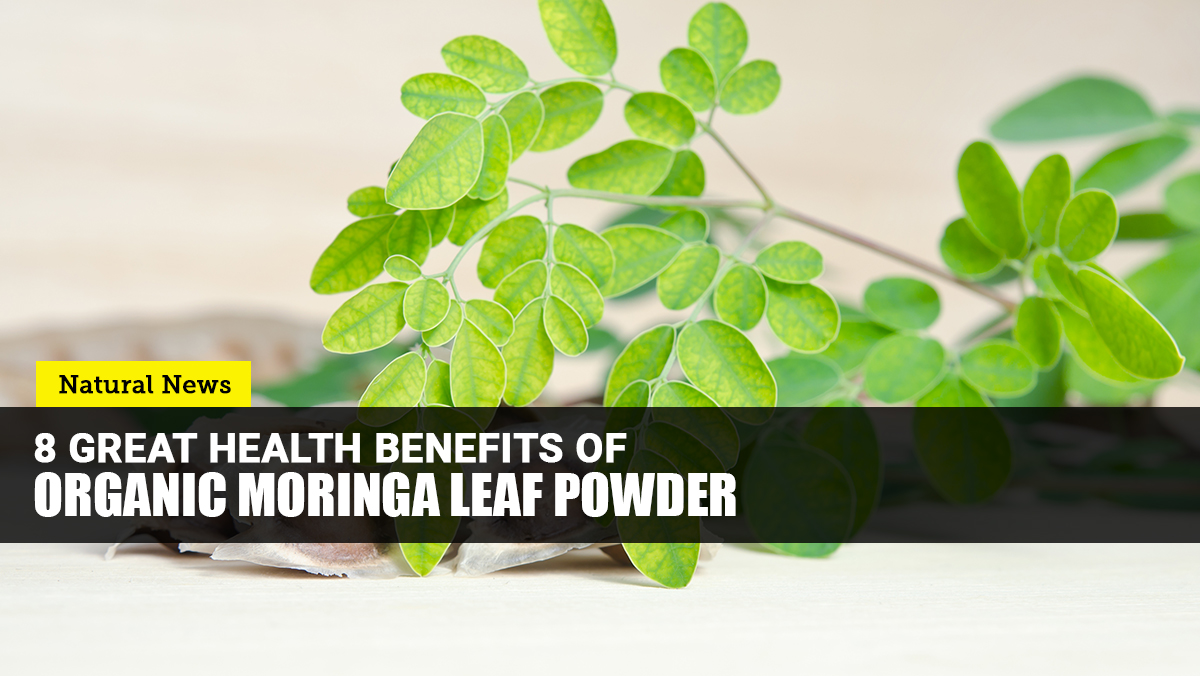Why you need iron and where to get it: These 10 foods fight fatigue and boost your immune system
08/20/2019 / By Edsel Cook

Iron is one of the essential nutrients that the body needs in large amounts every day. Both animal-based and plant-derived foods can provide enough iron to strengthen a person’s immunity to diseases and raise energy levels.
The body converts iron into hemoglobin, the protein used by red blood cells to carry oxygen to every corner of the body. Since every bodily function uses oxygen in one way or another, they rely on iron to provide them with the life-giving gas.
Iron deficiency directly causes anemia and chronic fatigue. It weakens the natural functions of the brain, especially the growing minds of young children. Pregnant women with low levels of iron in their blood face a higher risk of miscarriage.
There are many iron supplements, but food remains the best and safest source of this essential nutrient. Younger people and pregnant women need to eat more foods that are rich in iron. (Related: Vitamins that help manage the symptoms of fibromyalgia.)
Shellfish, organ meats, and red meats are iron-rich animal-based foods
The most significant benefit of iron from animal-based foods is its higher bioavailability. Non-heme iron from plant sources needs vitamin C to maximize absorption, but the body readily absorbs heme iron from animal sources.
If a shellfish is edible, it’s bound to have lots of iron. Clams, oysters, and mussels are healthy and delicious choices. A trio of medium-sized, uncooked oysters provide 10 percent of the recommended daily value, three ounces of cooked clams have slightly more, and an equivalent amount of cooked mussels delivers almost thrice that.
Eating the organs of animals might not appeal to some people. But the brain, heart, kidney, and liver are rich in iron. A 100 g slice of beef liver has slightly more iron than the three-ounce serving of mussels, making liver and other organ meats a good alternative for people who want to eat animal-based foods but are allergic to shellfish.
Believe it or not, red meat has some health benefits. It is not as good as organ meat or mussels when it comes to iron content, but it still has more than enough of the bioavailable nutrient. A quarter-pound serving of grass-fed ground beef has more iron than the oysters and clams mentioned above.
Vegans and vegetarians can get all of their iron needs from these plant foods
Spinach has not only high levels of iron, but also vitamin C that helps the body absorb the mineral. Cooking this vegetable increases its iron content by a massive margin, especially if the food gets prepared in cast-iron cookware.
Cacao provides plenty of antioxidants alongside iron. The purer the cacao, the higher the iron content, so go for dark chocolate with the least amount of processed sugar.
Nuts and seeds are a very convenient source of iron. Cashews have the highest amount of iron among these snack foods, and it also comes in milk form.
Beans have incredible levels of iron as well. A cup of black beans contains more iron than most animal-based foods, while a similar amount of lentils is more nutritious than mussels.
Quinoa is related to iron-rich spinach, so it comes as no surprise that the pseudo-cereal grain also has considerable amounts of the mineral.
Broccoli brings both iron and cancer-fighting compounds to the dining table. It doesn’t have as much iron as the other foods, but its ability to reduce the risk of certain cancers makes it a good choice.
If it has low sugar, is fortified with iron, and is eaten alongside plain yogurt and fresh berries that regulate blood sugar levels, breakfast cereals can also be a convenient way to get enough iron.
Sources include:
Tagged Under:
RECENT NEWS & ARTICLES
COPYRIGHT © 2017 SUPERFOODS NEWS



















